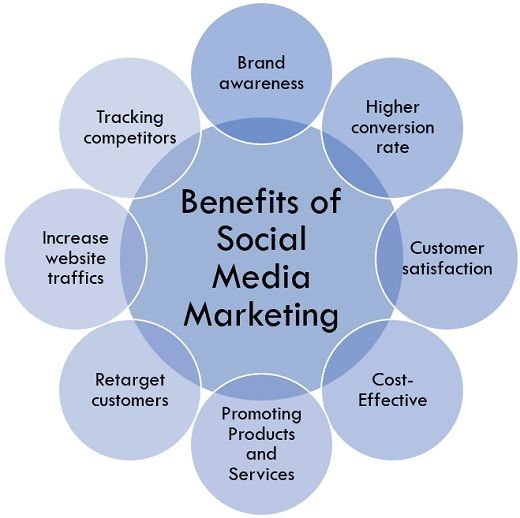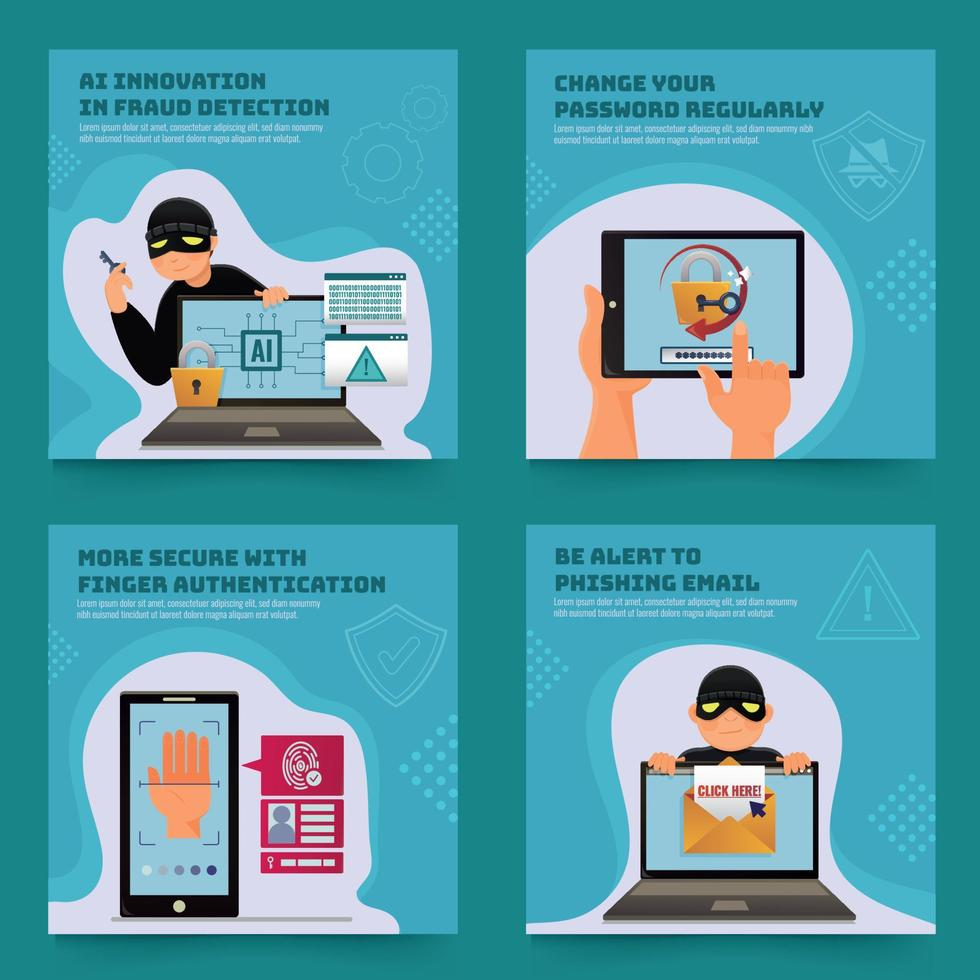Social Media Advertising Trends: Key Strategies and Innovations Shaping 2024
Social media advertising continues to evolve at a rapid pace, becoming an essential component of digital marketing strategies worldwide. In 2024, the landscape is driven by new technologies, creative ad formats, advanced targeting capabilities, and a focus on personalized experiences. As marketers strive to connect with audiences in more meaningful ways, staying updated on the latest social media ad trends is crucial for maximizing advertising ROI and maintaining a competitive edge.In this blog, we’ll explore the key social media advertising trends shaping 2024, from innovative ad formats to optimization techniques, and highlight how brands can leverage these strategies to achieve their marketing goals.
1. Rise of Social Media Ad Personalization
Personalization has become the cornerstone of effective advertising. Consumers now expect ads that resonate with their interests, preferences, and behaviors. Social media ad personalization leverages data analytics and AI to deliver customized ad experiences, ensuring that content is relevant and engaging for individual users.
Key Strategy: Brands are increasingly using dynamic creative optimization (DCO), which automatically tailors ad content based on audience data, such as location, demographics, and past behavior. This approach not only improves user engagement but also boosts conversion rates by presenting the right message to the right person at the right time.
2. Advanced Social Media Ad Targeting Techniques
Precise ad targeting is essential for maximizing advertising spend and reaching the most relevant audiences. Social media platforms like Facebook, Instagram, and LinkedIn have enhanced their targeting capabilities, allowing advertisers to target users based on detailed criteria such as interests, behaviors, and even recent purchase history.
Key Strategy: Brands are utilizing lookalike audiences and advanced segmentation to refine their targeting efforts. By focusing on users who share similar characteristics with existing customers, marketers can expand their reach to new, high-potential audiences while maintaining ad relevance.
3. Innovative Social Media Ad Formats
To capture audience attention, advertisers are experimenting with a variety of creative ad formats, from interactive ads to shoppable posts. Video content, particularly short-form and vertical videos, has gained significant traction as platforms like TikTok, Instagram Reels, and YouTube Shorts dominate user engagement.
Key Trend: Social media video ads continue to be one of the most effective ad formats, with video consumption skyrocketing across all platforms. Video ads enable brands to tell compelling stories, showcase products in action, and drive higher engagement compared to static images.
Innovative Formats: Augmented reality (AR) ads, 3D product visualizations, and interactive polls are also gaining popularity, offering users an immersive ad experience that goes beyond traditional advertising.
Real
estate is a dynamic and ever-evolving industry that plays a crucial role in the
economy, offering a wide range of opportunities for investors, buyers, and
sellers alike. It encompasses the buying, selling, and leasing of properties,
including residential homes, commercial spaces, and industrial sites. In recent
years, the real estate market has been significantly influenced by factors such
as fluctuating interest rates, evolving buyer preferences, and the rise of
digital technology, which has transformed how properties are marketed and sold.
For investors, real estate remains a solid asset class, providing potential for
long-term appreciation, passive income through rentals, and portfolio
diversification. Whether navigating urban housing markets or exploring rural
developments, success in real estate requires a keen understanding of market
trends, location factors, and the needs of modern consumers. https://shorturl.at/q5lZ1
4. Social Media Ad Automation for Efficiency
Social media ad automation is transforming the way brands manage their advertising campaigns. From ad creation to performance optimization, automation tools are helping marketers save time, reduce manual tasks, and improve campaign efficiency.
Key Strategy: Programmatic advertising on social media platforms allows advertisers to automate ad placements in real time, using algorithms to bid on ad space based on predefined criteria. This approach enhances ad performance by continuously optimizing bids and placements for maximum impact.
5. Social Media Ad Optimization: Beyond the Basics
Ad optimization is no longer just about A/B testing headlines or images. In 2024, social media ad optimization involves using AI-driven insights to tweak every aspect of a campaign—from creative elements to targeting parameters—in real-time.
Key Trend: Brands are leveraging machine learning algorithms to analyze ad performance data and adjust campaigns dynamically. Predictive analytics tools help forecast which ad variations will drive the best results, enabling marketers to allocate their budgets more effectively.
6. The Role of Social Media Advertising Analytics
Data-driven decision-making is at the heart of successful social media advertising. Advertising analytics provide valuable insights into campaign performance, audience engagement, and ROI, allowing marketers to refine their strategies and make informed adjustments.
Key Metrics: Important social media ad performance metrics include click-through rates (CTR), conversion rates, cost per acquisition (CPA), and return on ad spend (ROAS). By closely monitoring these metrics, brands can identify what’s working, what’s not, and where to focus their efforts for improvement.
7. Social Media Ad Spending Trends: Where the Money Is Going
Global social media ad spending is expected to continue its upward trajectory, driven by increased competition and the growing importance of digital marketing. Brands are allocating more of their budgets to platforms like TikTok, Instagram, and LinkedIn, where they can reach highly engaged audiences.
Key Insight: Video advertising, influencer collaborations, and sponsored content are areas seeing the most investment. However, brands are also exploring niche platforms like Pinterest and Snapchat, where ad competition is lower, but engagement remains high.
8. Combatting Social Media Ad Fraud
Ad fraud remains a significant challenge for digital marketers, costing brands billions of dollars each year. To protect their ad investments, companies are implementing stricter measures to detect and prevent fraudulent activities, such as click fraud and fake impressions.
Key Strategy: Brands are using advanced fraud detection tools that leverage machine learning to identify suspicious activity in real-time. Additionally, transparency initiatives, such as blockchain-based verification, are being explored to ensure ad spend is genuinely reaching the intended audience.
9. Leveraging Social Media Influencer Ads
Influencer marketing continues to thrive, but the approach has evolved. Instead of traditional influencer posts, brands are increasingly using social media influencer ads, where influencers partner with brands to create sponsored ads that are distributed through the brand’s own social media channels.
10. Measuring Social Media Ad Engagement and ROI
Measuring the success of social media advertising goes beyond tracking likes and shares. Marketers are now focusing on deeper engagement metrics that reveal how users interact with ads, such as time spent on ad content, video completion rates, and engagement with interactive elements.
Gaming has evolved into a global phenomenon, transcending
traditional boundaries of entertainment to become a dynamic and immersive
experience that captivates millions of players worldwide. From casual mobile
games to expansive open-world adventures on consoles and PCs, gaming offers a
diverse range of experiences that cater to all interests and skill levels. The
industry has grown to include not just playing games but also streaming,
eSports competitions, and content creation, forming vibrant communities around
shared passions. Technological advancements like virtual reality (VR),
augmented reality (AR), and cloud gaming are pushing the limits of what’s
possible, providing ever more realistic and interactive environments. Whether
as a form of relaxation, a competitive pursuit, or a way to connect with
friends, gaming continues to redefine how we play, interact, and engage with
digital worlds. https://shorturl.at/JVRR0
Conclusion
The social media advertising landscape is rapidly evolving, driven by advancements in personalization, targeting, and automation. By embracing these trends and optimizing their strategies accordingly, brands can achieve higher engagement, better ROI, and a stronger connection with their audiences.






Comments
Post a Comment